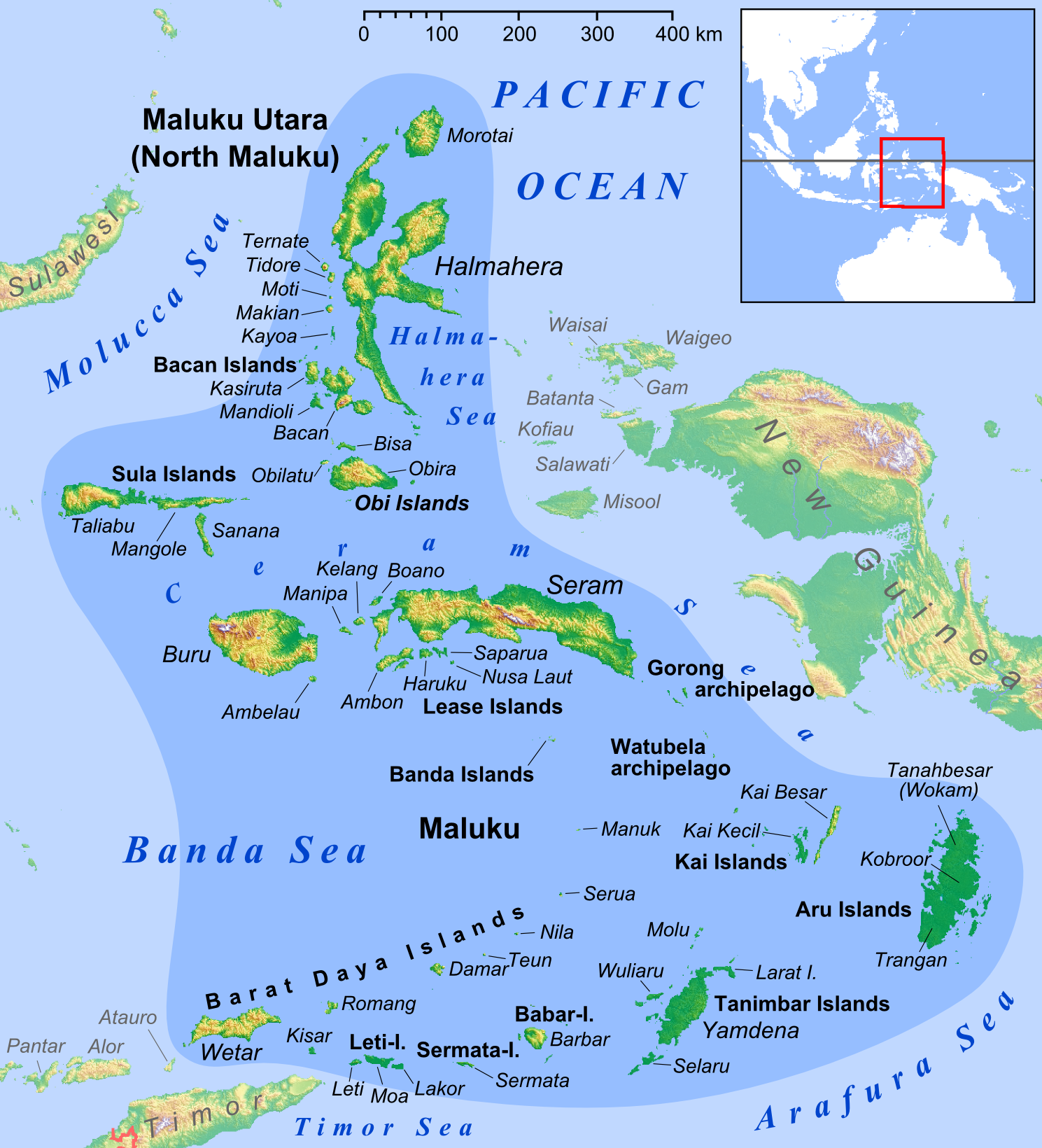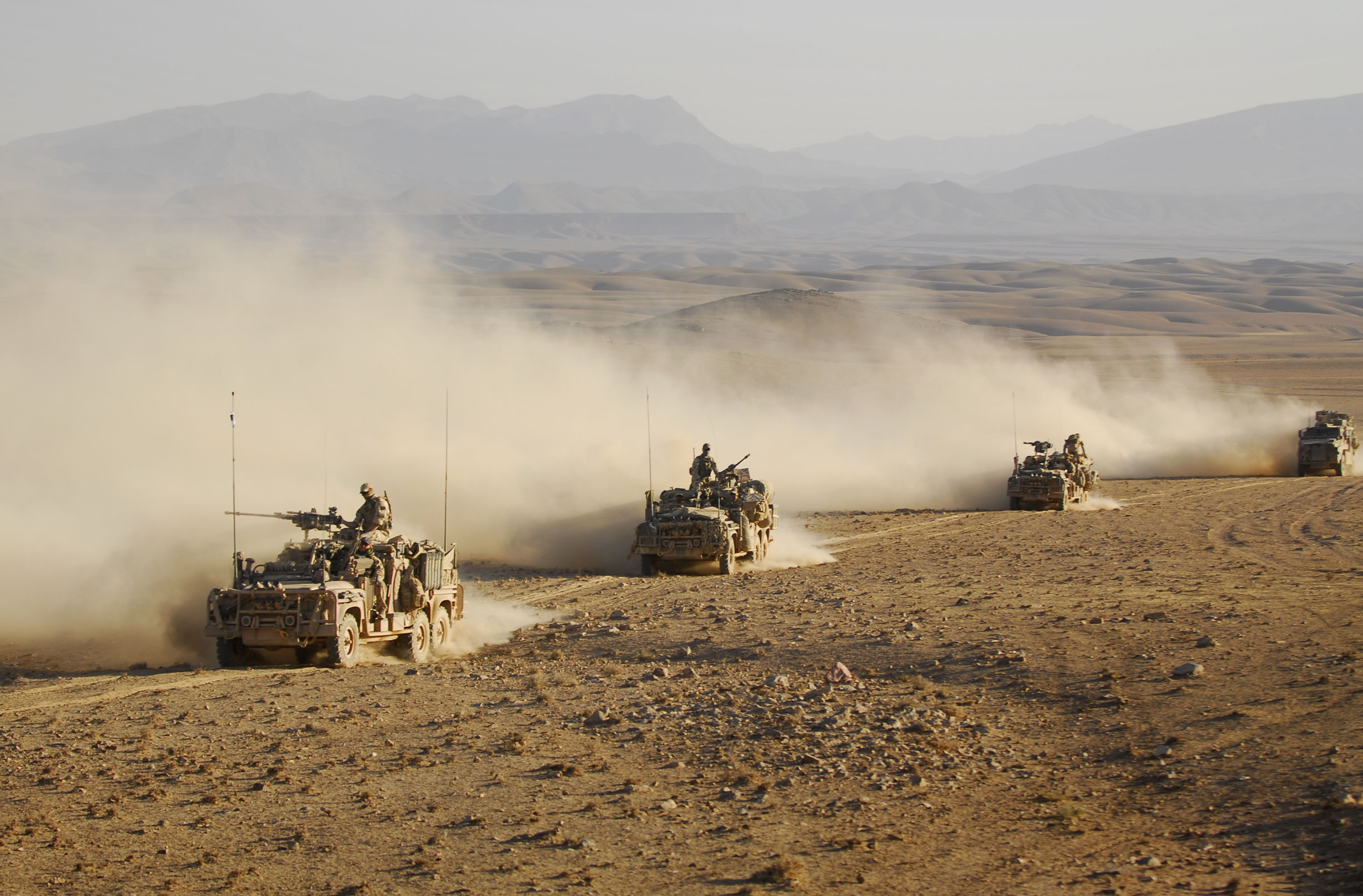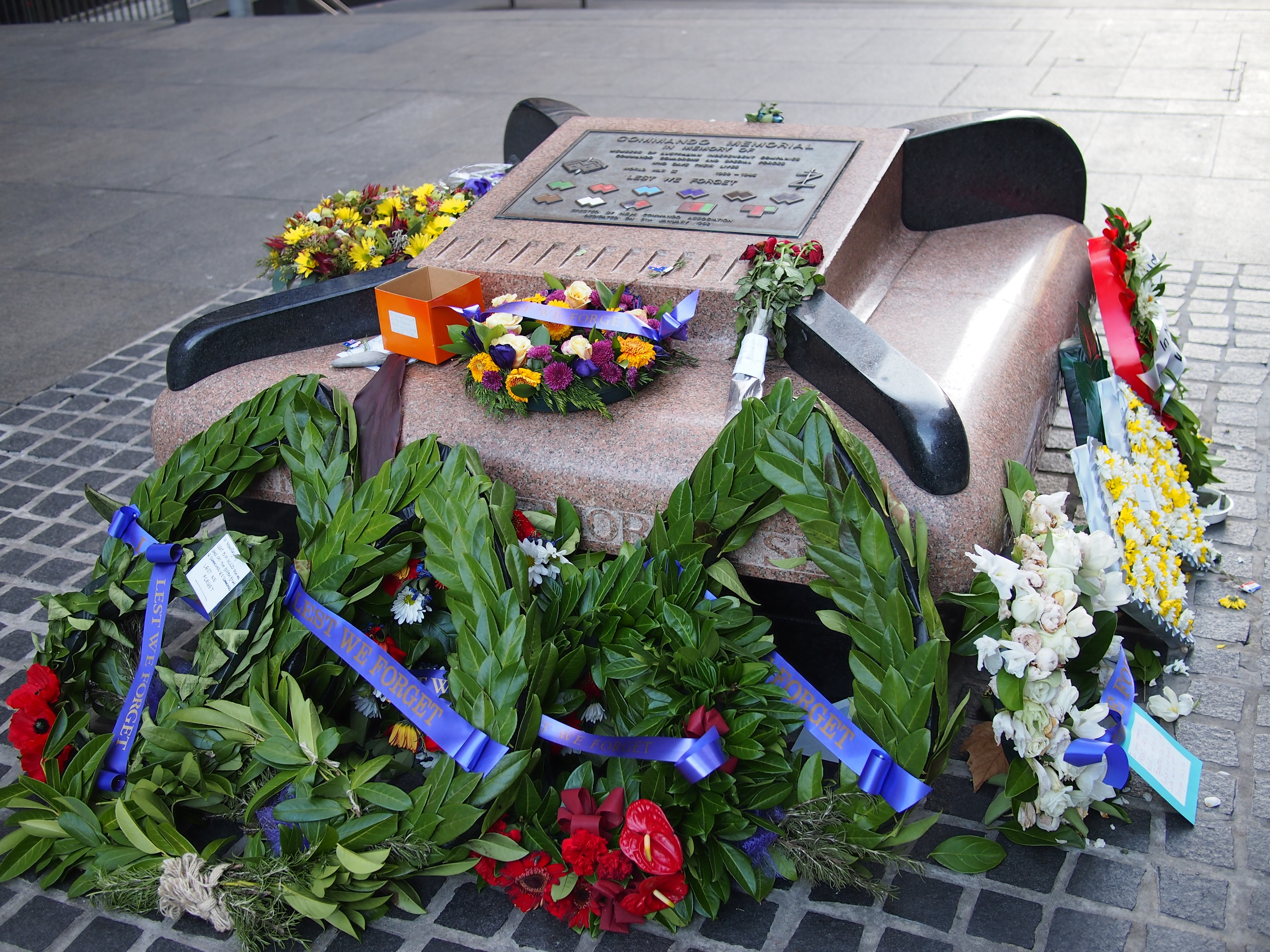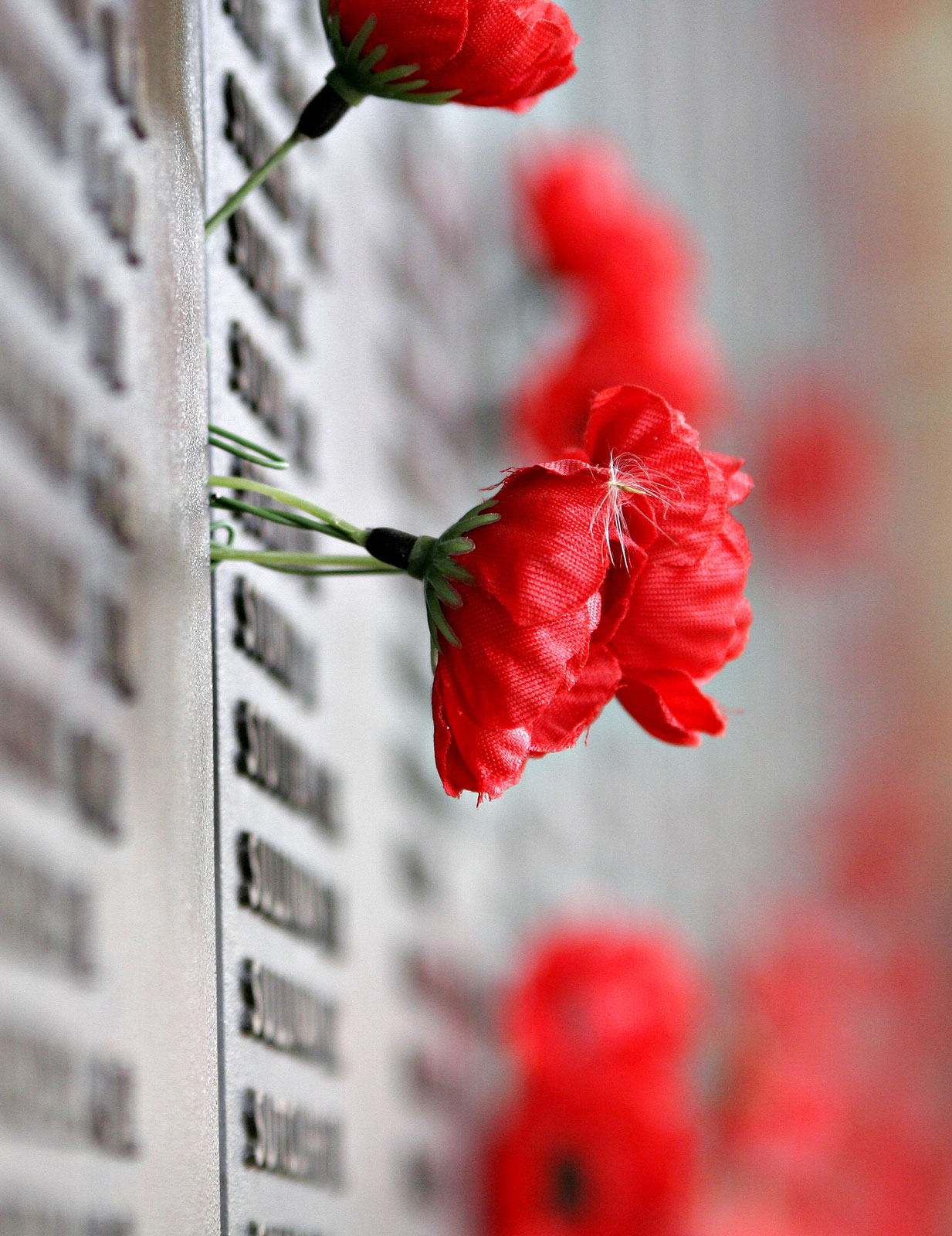|
MV Krait
MV ''Krait'' is a wooden-hulled vessel famous for its use in World War II by the Z Special Unit (Z Force) of Australia in the raid against Japanese ships anchored in Singapore Harbour. The raid was known as Operation Jaywick. ''Krait'' is on display at the Australian National Maritime Museum (ANMM) in Sydney. History ''Krait'' was originally a Japanese fishing vessel based in Singapore named ''Kofuku Maru''. Following the outbreak of war, the ship was captured by the American destroyer USS ''Edsall'' and used to evacuate over 1,100 people from ships sunk along the east coast of Sumatra. The ship eventually reached Australia via Ceylon and India in 1942, and was handed over to the Australian military. In Australian service, she was renamed ''Krait'' after the small but deadly snake. In September 1943, ''Krait'' transported members of Z Special Unit to Singapore, where they successfully raided the city's harbour, sinking seven ships, in what became known as Operation Jaywick. ... [...More Info...] [...Related Items...] OR: [Wikipedia] [Google] [Baidu] |
Broken Bay
Broken Bay, a semi-mature tide-dominated ria, drowned valley estuary, is a large inlet of the Tasman Sea located about north of Sydney on the Central Coast (New South Wales), Central Coast of New South Wales, Australia; being one of the bodies of water that separate greater Metropolitan Sydney from the Central Coast (New South Wales), Central Coast. Broken Bay is the first major bay north of Port Jackson, Sydney Harbour in the state capital of Sydney. Broken Bay has its origin at the confluence of the Hawkesbury River, Pittwater, and Brisbane Water and flows openly into the Tasman Sea. The total surface area of the bay is approximately . Geography The entrance to Broken Bay lies between the northern Box Head, New South Wales, Box Head and Barrenjoey, New South Wales, Barrenjoey Head to the south. Barrenjoey Lighthouse was constructed in 1881 to guide ships away from the prominent headland. The bay comprises three arms, being the prominent estuary of the Hawkesbury River in the ... [...More Info...] [...Related Items...] OR: [Wikipedia] [Google] [Baidu] |
Ambon Island
Ambon Island is part of the Maluku Islands of Indonesia. The island has an area of and is mountainous, well watered, and fertile. Ambon Island consists of two territories: the city of Ambon, Maluku, Ambon to the south, and three districts (''kecamatan'') of the Central Maluku Regency to the north. The main city and seaport is Ambon, Maluku, Ambon (with a 2020 Census population of 347,288), which is also the capital of Maluku (province), Maluku Provinces of Indonesia, province, while those districts of Maluku Tengah Regency situated on Ambon Island had a 2020 Census population of 128,069. By mid 2023 those populations were estimated to have become 354,052 and 128,754 respectively, resulting in an all-island population of 482,806. Ambon has an Pattimura Airport, airport and is home to the Pattimura University and Open University (Universitas Terbuka), state universities, and a few private universities, which include Darussalam University (Universitas Darussalam, UNDAR) and Univer ... [...More Info...] [...Related Items...] OR: [Wikipedia] [Google] [Baidu] |
Naval Trawlers
Naval trawlers are vessels built along the lines of a fishing trawler but fitted out for naval purposes; they were widely used during the First and Second World Wars. Some, known in the Royal Navy as "Admiralty trawlers", were purpose-built to naval specifications; others were adapted from civilian use. Fishing trawlers were particularly suited for many naval requirements because they were robust vessels designed to work heavy trawls in all types of weather, and had large clear working decks. A minesweeper could be created by replacing the trawl with a mine sweep. Adding depth charge racks on the deck, ASDIC sonar below, and a or gun in the bow equipped the trawler for anti-submarine duties. History Armed trawlers were also used to defend fishing groups from enemy aircraft or submarines. The smallest civilian trawlers were converted to danlayers. Contemporary Some nations still use armed trawlers for fisheries protection and patrol. The Indian Navy used naval trawlers f ... [...More Info...] [...Related Items...] OR: [Wikipedia] [Google] [Baidu] |
Ships Of Australia
A ship is a large vessel that travels the world's oceans and other navigable waterways, carrying cargo or passengers, or in support of specialized missions, such as defense, research and fishing. Ships are generally distinguished from boats, based on size, shape, load capacity and purpose. Ships have supported exploration, trade, warfare, migration, colonization, and science. Ship transport is responsible for the largest portion of world commerce. The word ''ship'' has meant, depending on the era and the context, either just a large vessel or specifically a ship-rigged sailing ship with three or more masts, each of which is square-rigged. The earliest historical evidence of boats is found in Egypt during the 4th millennium BCE. In 2024, ships had a global cargo capacity of 2.4 billion tons, with the three largest classes being ships carrying dry bulk (43%), oil tankers (28%) and container ships (14%). Nomenclature Ships are typically larger than boats, but there is no u ... [...More Info...] [...Related Items...] OR: [Wikipedia] [Google] [Baidu] |
Special Forces Of Australia
The special forces of the Australian Defence Force are units of Special Operations Command and associated units of the Royal Australian Navy and the Royal Australian Air Force that conduct and or support special operations to advance and protect the national security of the Commonwealth of Australia. The special forces of Australia have a lineage to a variety of units raised in the Second World War such as the Independent and Commando Companies, Z Special Unit, Navy Beach Commandos, and the Coastwatchers. Australian special forces have most recently been deployed to Iraq in Operation Okra as the Special Operations Task Group, as the Special Operations Task Group in Afghanistan, in Afghanistan in support of the Australian Secret Intelligence Service and regularly for counter-terrorism pre-deploy to locations of major domestic events throughout Australia in readiness to support law enforcement such as the 2014 G20 Brisbane summit. History The special forces of Australia tr ... [...More Info...] [...Related Items...] OR: [Wikipedia] [Google] [Baidu] |
Museum Ships In Australia
A museum is an institution dedicated to displaying or Preservation (library and archive), preserving culturally or scientifically significant objects. Many museums have exhibitions of these objects on public display, and some have private collections that are used by researchers and specialists. Museums host a much wider range of objects than a library, and they usually focus on a specific theme, such as the art museums, arts, science museums, science, natural history museums, natural history or Local museum, local history. Public museums that host exhibitions and interactive demonstrations are often tourist attractions, and many draw large numbers of visitors from outside of their host country, with the List of most-visited museums, most visited museums in the world attracting millions of visitors annually. Since the establishment of Ennigaldi-Nanna's museum, the earliest known museum in ancient history, ancient times, museums have been associated with academia and the preserva ... [...More Info...] [...Related Items...] OR: [Wikipedia] [Google] [Baidu] |
Military History Of Australia During World War II
Australia entered World War II on 3 September 1939, following the government's acceptance of the United Kingdom's declaration of war on Nazi Germany. Australia later entered into a state of war with other members of the Axis powers, including the Kingdom of Italy on 11 June 1940, and the Empire of Japan on 9 December 1941. By the end of the war almost one million Australians had served in the armed forces, whose military units fought primarily in the European theatre, North African campaign, and the South West Pacific theatre. In addition, Australia came under direct attack for the first time in its post-colonial history. Its casualties from enemy action during the war were 27,073 killed and 23,477 wounded. Many more suffered from tropical disease, hunger, and harsh conditions in captivity; of the 21,467 Australian prisoners taken by the Japanese, only 14,000 survived. Australian Army units were gradually withdrawn from the Mediterranean and Eur ... [...More Info...] [...Related Items...] OR: [Wikipedia] [Google] [Baidu] |
Australian Commandos
The name commando has been applied to a variety of Australian special forces and light infantry units that have been formed since 1941–42. The first Australian "commando" units were formed during the Second World War, where they mainly performed reconnaissance and long-range patrol roles during Australia's campaigns in New Guinea and Borneo, although other units such as M and Z Special Units performed more clandestine roles. These units were disbanded following the end of the war; however, in the 1950s it was realised that there was a need for such units again in the Australian forces. Today, the Australian Army possesses a number of units that perform more conventional direct-action type commando roles, as well as counter-terrorism response, long-range patrolling, and clandestine deep-penetration operations. History Second World War (1939–1945) During the Second World War, the Australian Army raised a number of units that were designated as carrying out comma ... [...More Info...] [...Related Items...] OR: [Wikipedia] [Google] [Baidu] |
Australian Navy Cadets
The Australian Navy Cadets (ANC) is a youth development organisation supported by the Royal Australian Navy, with a focus on the maritime domain. The organisation promotes activities, both on land and in water, with key objectives including building self-confidence and developing teamwork and leadership skills. The program, which comprises 81 training ships and about 2,600 cadets nationwide, is available to all young Australians between the ages of 12 and 18. Together with the Australian Air Force Cadets and Australian Army Cadets, it forms the Australian Defence Force Cadets. History Established in the early 1900s, the organisation received official recognition in 1910 with the passing of the Naval Defence Act. Before 1973, the Royal Australian Navy and the Navy League of Australia shared administrative duties for the group, which was then known as the ''Australian Sea Cadet Corps.'' The organisation was renamed the Naval Reserve Cadets after the Navy assumed full co ... [...More Info...] [...Related Items...] OR: [Wikipedia] [Google] [Baidu] |
Anzac Day
Anzac Day is a national day of remembrance in Australia, New Zealand and Tonga that broadly commemorates all Australians and New Zealanders "who served and died in all wars, conflicts, and peacekeeping operations" and "the contribution and suffering of all those who have served". Observed on 25 April each year, Anzac Day was originally devised to honour the members of the Australian and New Zealand Army Corps (ANZAC) who served in the Gallipoli campaign, their first engagement in the First World War (1914–1918). History Anzac Day marks the anniversary of the first campaign that led to major casualties for Australian and New Zealand forces during the First World War. The acronym ANZAC stands for Australian and New Zealand Army Corps, whose soldiers were known as Anzacs. Anzac Day remains one of the most important national occasions of both Australia and New Zealand; however, the ceremonies and their meanings have changed significantly since 1915. According to Martin Crotty ... [...More Info...] [...Related Items...] OR: [Wikipedia] [Google] [Baidu] |
Coast Guards In Australia
Responsibilities for traditional coast guard duties in Australia are distributed across various federal, state and community agencies. The de facto coast guard of Australia is the Maritime Border Command, a joint command of the Australian Defence Force and the Australian Border Force which works alongside the Australian Federal Police, the Australian Fisheries Management Authority, and the Australian Maritime Safety Authority. Each state and territory government have specific maritime safety agencies and police marine units. In addition, there are several private volunteer coast guard organisations which act as auxiliary search and rescue services and maritime safety educators with the largest organisations being the Royal Volunteer Coastal Patrol established in 1937, the Australian Volunteer Coast Guard established in 1961, and Marine Rescue New South Wales established in 2009. Federal agencies Maritime Border Command The Maritime Border Command is the de facto coast guard of ... [...More Info...] [...Related Items...] OR: [Wikipedia] [Google] [Baidu] |
Borneo
Borneo () is the List of islands by area, third-largest island in the world, with an area of , and population of 23,053,723 (2020 national censuses). Situated at the geographic centre of Maritime Southeast Asia, it is one of the Greater Sunda Islands, located north of Java Island, Java, west of Sulawesi, and east of Sumatra. The island is crossed by the equator, which divides it roughly in half. The list of divided islands, island is politically divided among three states. The sovereign state of Brunei in the north makes up 1% of the territory. Approximately 73% of Borneo is Indonesian territory, and in the north, the East Malaysian states of Sabah and Sarawak make up about 26% of the island. The Malaysian federal territory of Labuan is situated on a small island just off the coast of Borneo. Etymology When the sixteenth-century Portuguese explorer Jorge de Menezes made contact with the indigenous people of Borneo, they referred to their island as ''Pulu K'lemantang'', which ... [...More Info...] [...Related Items...] OR: [Wikipedia] [Google] [Baidu] |








